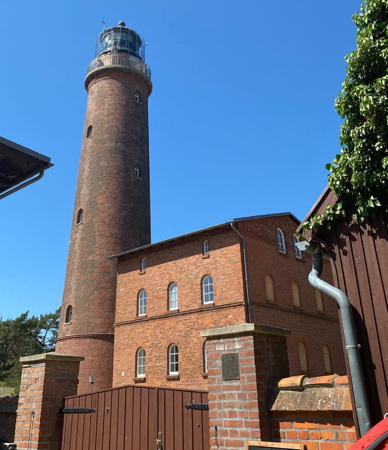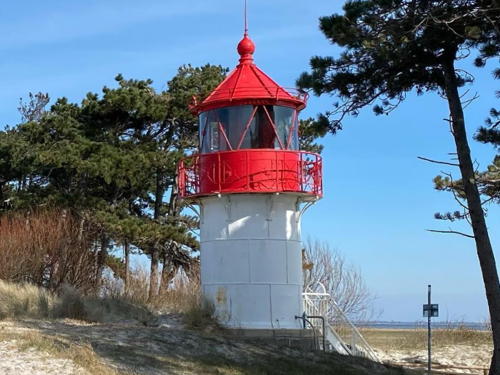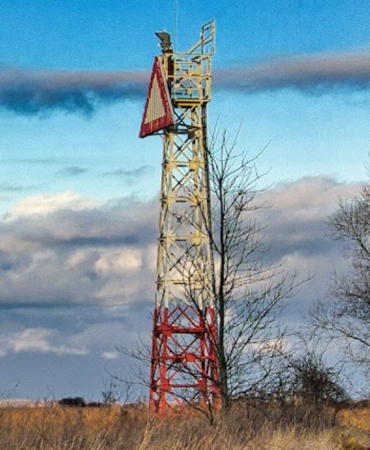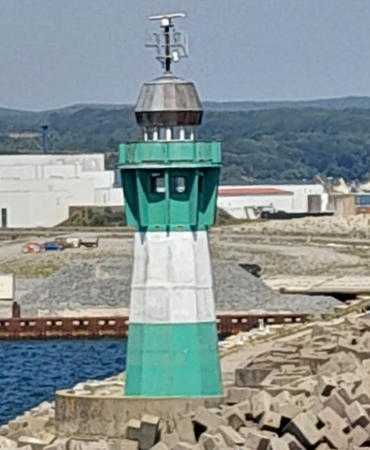The Federal Republic of Germany (Bundesrepublik Deutschland in German) occupies a central location in northern Europe with two coastlines, one facing northwest on the North Sea and the other facing northeast on the Baltic Sea. The country's history is long and complex. The large number of historically independent German regions came together in 1871 to form the German Empire. The Empire became a republic after World War I (1914-18). After World War II (1939-45) Germany was divided into two countries, the German Federal Republic in the west, usually called West Germany, and the Communist-led German Democratic Republic in the east, usually called East Germany. After the Communist government collapsed the Federal Republic reunified the nation in October 1990.
Germany is a federation of 16 member states called Bundesländer, and the states are divided into districts (Kreise). This page lists lighthouses of the district of Vorpommern-Rügen, part of the state of Mecklenburg-Vorpommern. Before the creation of the German Empire in 1871 all of this region was part of the Kingdom of Prussia. From the end of World War II until the reunification of Germany in 1991 it was part of the German Democratic Republic (East Germany). Mecklenburg includes the western portion of the East German coast (the Wismar, Warnemünde, and Rostock areas), while Vorpommern (Lower or Western Pomerania) includes the eastern section from the Stralsund area to the Polish border. The district of Vorpommern-Rügen includes the large island of Rügen and the neighbring mainland.
Interest in lighthouses is strong in Germany and most of the towers are in good condition. A federal law provides blanket protection to historic lighthouses. There is concern, however, that many of the lights may be deactivated in the coming years as navigators depend less and less on them.
In German, a lighthouse is a Leuchtturm ("light tower"), plural Leuchttürme. The front light of a range is the Unterfeuer and the rear light is the Oberfeuer. Modern range lighthouses are crowned by a topmark: a large, distinctive structure that serves to mark the range clearly in the daytime. In German Insel is an island, Riff is a reef, Kap is a cape, Bucht is a bay, and Hafen is a harbor. The Baltic Sea is known in Germany as the Ostsee (East Sea).
Lighthouses in Germany are operated by the regional harbor authority, called the WSA (Wasserstraßen- und Schifffahrtsamt). Recently the two WSA's for the Baltic coast, WSA Lübeck and WSA Stralsund, have been merged to form the WSA Ostsee. The WSA's are linked to and regulated by a federal agency, the Wasserstraßen- und Schifffahrtsverwaltung des Bundes (WSV).
ARLHS numbers are from the ARLHS World List of Lights. Admiralty numbers are from volume C of the Admiralty List of Lights & Fog Signals. U.S. NGA List numbers are from NGA Publication 116.
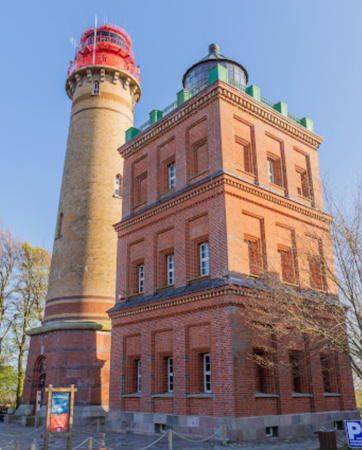
Kap Arkona Lights, Rügen, May 2022
Google Maps photo by Jarosław Mrzygłód

